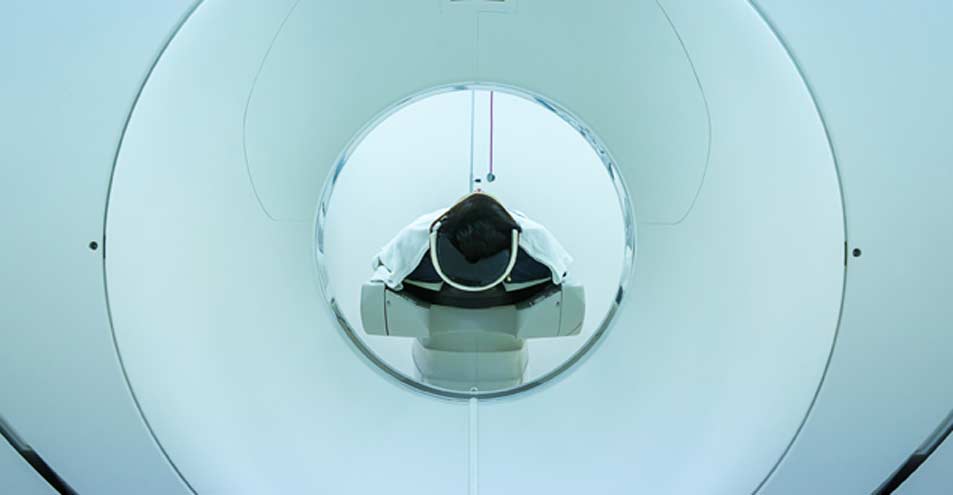
When you obtain any kind of abdominal surgery, you will have around a 33 percent chance of suffering from an incisional hernia once the operation has been completed.
If you’ve obtained some form of abdominal surgery in the past, it’s possible that you will experience an incisional hernia, which is a very specific type of hernia that can only develop when the muscles in your abdomen weaken. Understanding what causes this hernia as well as the treatments available to you should give you a firm grasp of what to do when affected by this condition.
What Is an Incisional Hernia?
The hernia will occur right around the area where the incision was applied. Because the organs and intestines in your stomach are protruding through one of the muscles in your abdomen, you’ll likely notice a somewhat sizable bulge just underneath the skin that doesn’t dissipate even when you lie down. It’s important to note that incisional hernias are among the least severe types of hernia since the lining of the abdomen is typically all that protrudes. However, these hernias are unable to heal without surgery.
Causes of Incisional Hernias
The primary cause for an incisional hernia is the weakening of your abdominal muscle because of a surgical incision. However, there are a large variety of reasons as to how an incisional hernia can occur following surgery. If the incision has yet to fully heal, it’s possible that situations like gaining a large amount of weight, exercising too strenuously, and becoming pregnant could bring about the hernia. Although an incisional hernia can occur at any time following an abdominal surgery, they are most common within 2-6 months after the surgery.

How This Condition Is Diagnosed
The diagnosis of an incisional hernia begins with a standard physical examination. Given the location of the hernia, it’s relatively easy to identify. The health care provider who is performing the examination will specifically look for stool that has become thin, symptoms like vomiting and nausea, and a protrusion around the location of the surgical incisions. If the health care provider believes that the protruding intestine has become stuck within your abdominal wall, additional tests and examinations may be performed, which includes blood tests and imaging scans such as MRIs and CT scans.
Surgical Treatments for Incisional Hernias
When you have been diagnosed with an incisional hernia, there are two surgeries that are available for the treatment of this condition, which include an open hernia repair and a laparoscopy. Further procedures may be required if the hernia has caused issues with your previous surgery. An open hernia repair involves an incision placed within your abdomen right above the location of the hernia. The intestines are pushed back into your abdomen and the muscle wall is fully repaired to ensure that it’s no longer weak.
A laparoscopy is a less invasive surgery for an incisional hernia that involves the placement of several tiny incisions before a thin tube is inserted into the lower abdomen with a camera on the end of it. The images taken from the camera are used as a guide to ensure that the surgeon is able to repair the hernia through the other incisions. Once the corrections have been made, the incisions are closed.


